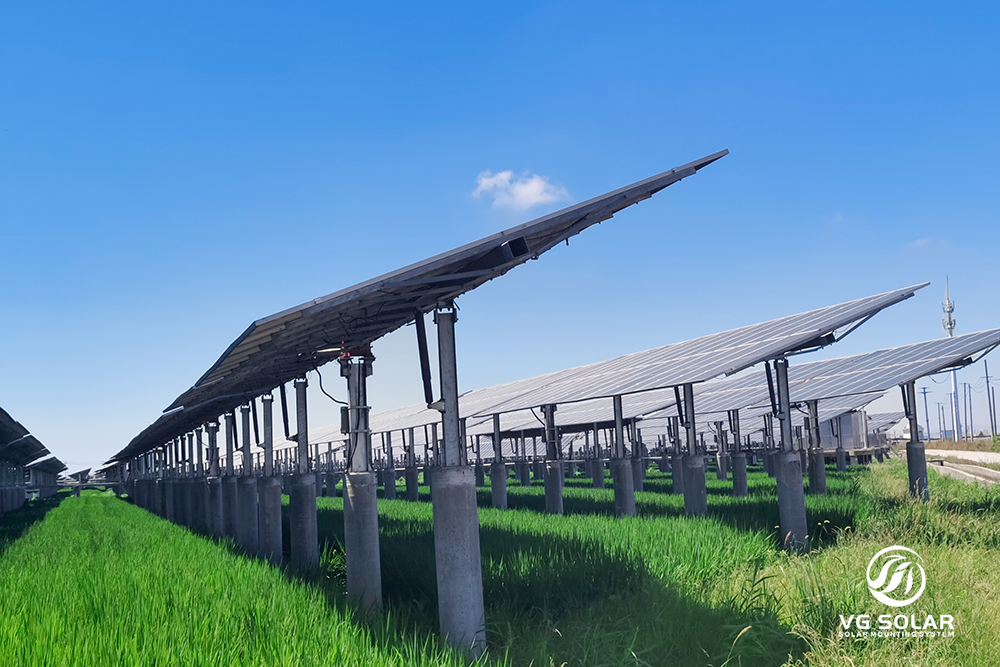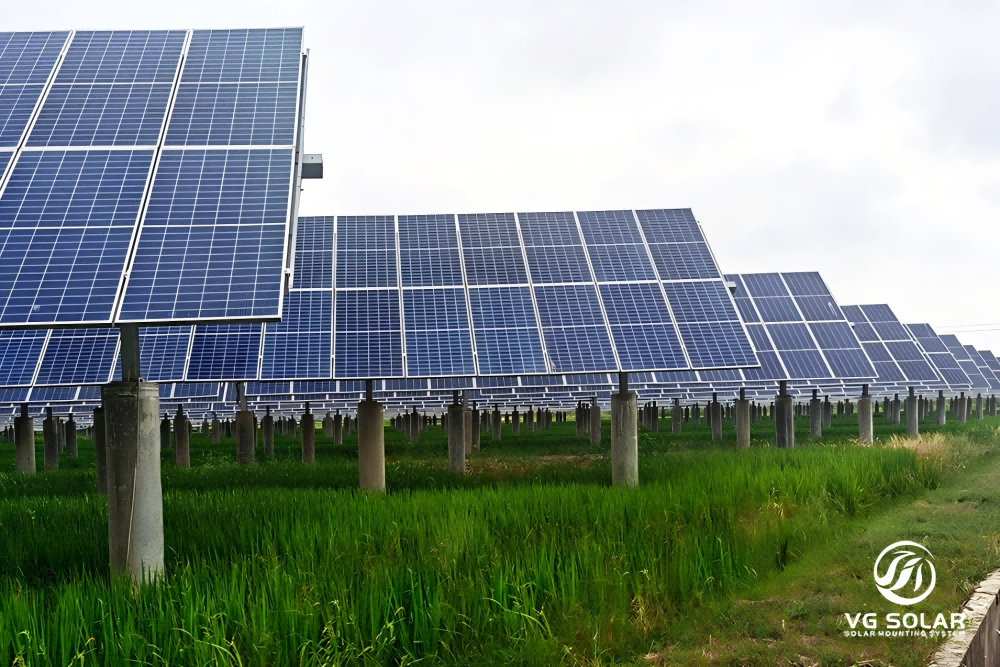The renewable energy landscape is undergoing a major transformation, with photovoltaic (PV) technology at the forefront. Among the many innovations in the field, PV tracking systems have emerged as a disruptive technology, making solar power more efficient and cost-effective. As these systems are used in applications that push traditional boundaries, they are paving the way for a new journey of diversified solar development.
One of the most notable advances in the application of photovoltaic tracking systems is their ability to operate in complex terrains such as the Gobi Desert and various ponds. These challenging terrains are usually considered unsuitable for the installation of traditional solar installations, but are now being recognised for their potential application for photovoltaic systems (equipped with tracking technology). The unique characteristics of these terrains provide them with an auxiliary role that can significantly reduce costs while improving the efficiency of photovoltaic power plants.
In the Gobi Desert, for example, vast expanses of land and high levels of solar radiation create an ideal environment for solar power generation. By using tracking systems, solar panels can follow the path of the sun throughout the day, maximising energy capture. This is particularly important in areas where land is scarce and installation costs are high. The ability to produce more energy from the same area not only improves the economics of solar projects, but also helps to improve the overall sustainability of energy production in arid regions.
Similarly, integrating PV tracking systems into pond environments offers a unique opportunity to harness solar energy without competing for valuable land resources. Floating solar farms equipped with tracking technology can be installed on the surface of ponds, lakes and reservoirs. This innovative approach not only generates clean energy, but also helps to reduce water evaporation and improve water quality. As the popularity of these systems gradually increases, the application scenarios are becoming more diverse, highlighting the versatility of PV tracking technology.
The diversification of application scenarios shows that the benefits of PV tracking systems are being increasingly recognised. As the technology matures, it is being used in a wide range of scenarios, including agricultural land, urban rooftops and even remote off-grid areas. This adaptability is critical to meeting the world’s growing demand for renewable energy and addressing the challenges of climate change.
In addition, advances in tracking technology are accompanied by falling costs, making it more accessible to a wider range of projects. As manufacturers continue to innovate and improve the efficiency of tracking systems, the initial investment required for installation is becoming more manageable. This trend is encouraging more stakeholders, including governments, private investors and communities, to explore the potential of PV tracking systems in their energy strategies.
All in all, the application scenarios for photovoltaic tracking systems are indeed breaking through traditional boundaries and ushering in a new era of diversified solar energy development. From the arid expanses of the Gobi Desert to the tranquil waters of ponds, these systems are proving their value in improving efficiency and reducing costs. As adoption continues to grow, the future of solar tracking technology is bright, providing sustainable solutions to meet the world’s growing energy needs while helping to protect the environment. The journey of innovation in this field has only just begun, and its possibilities are as vast as the landscape in which it is set.
Post time: Apr-30-2025


